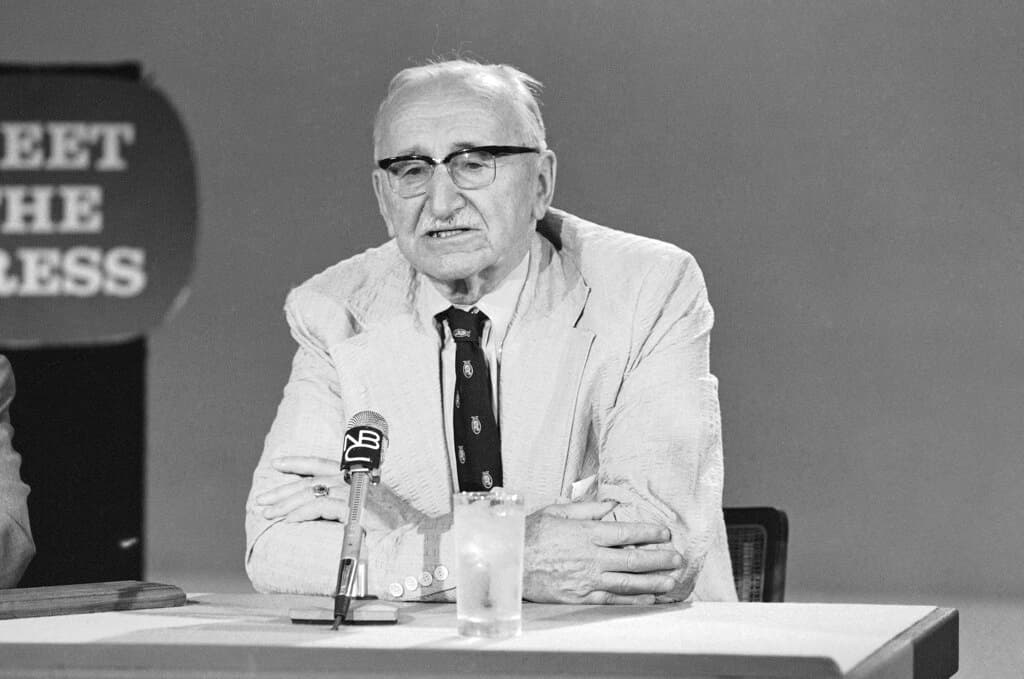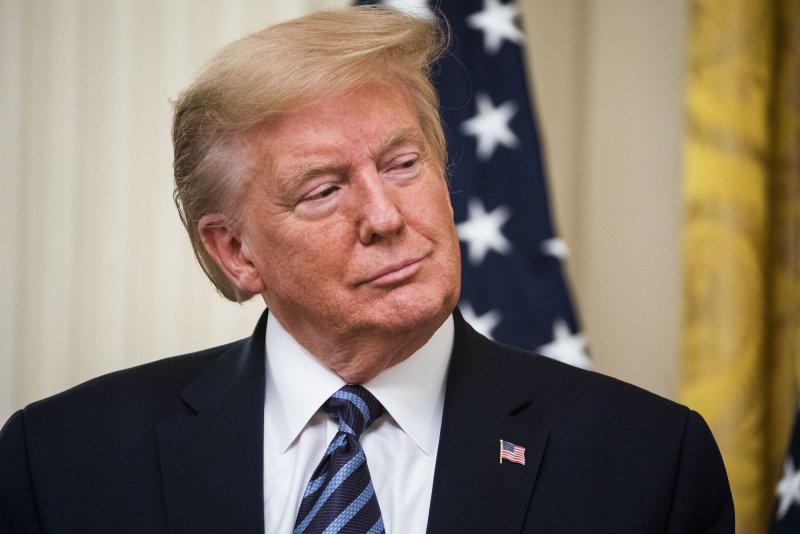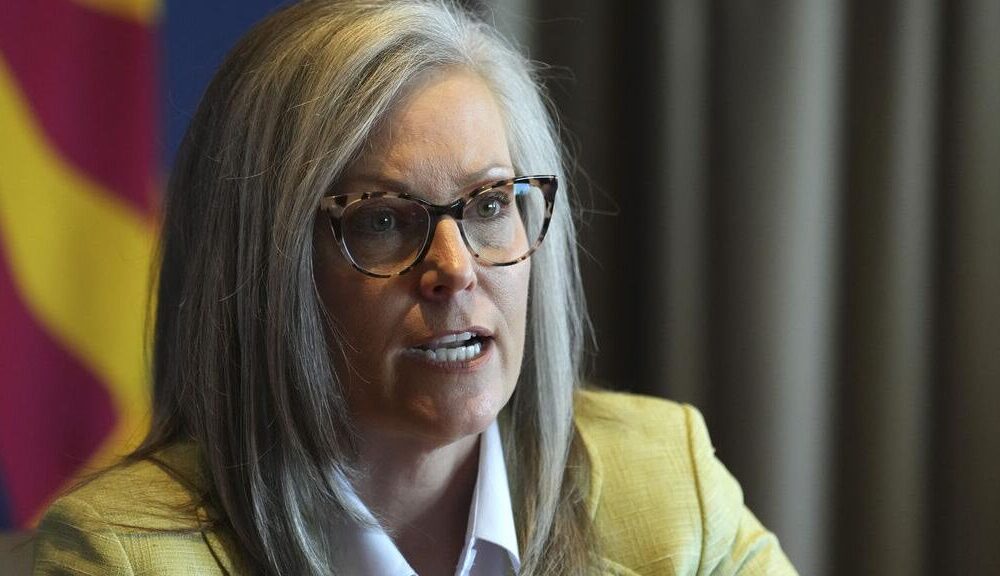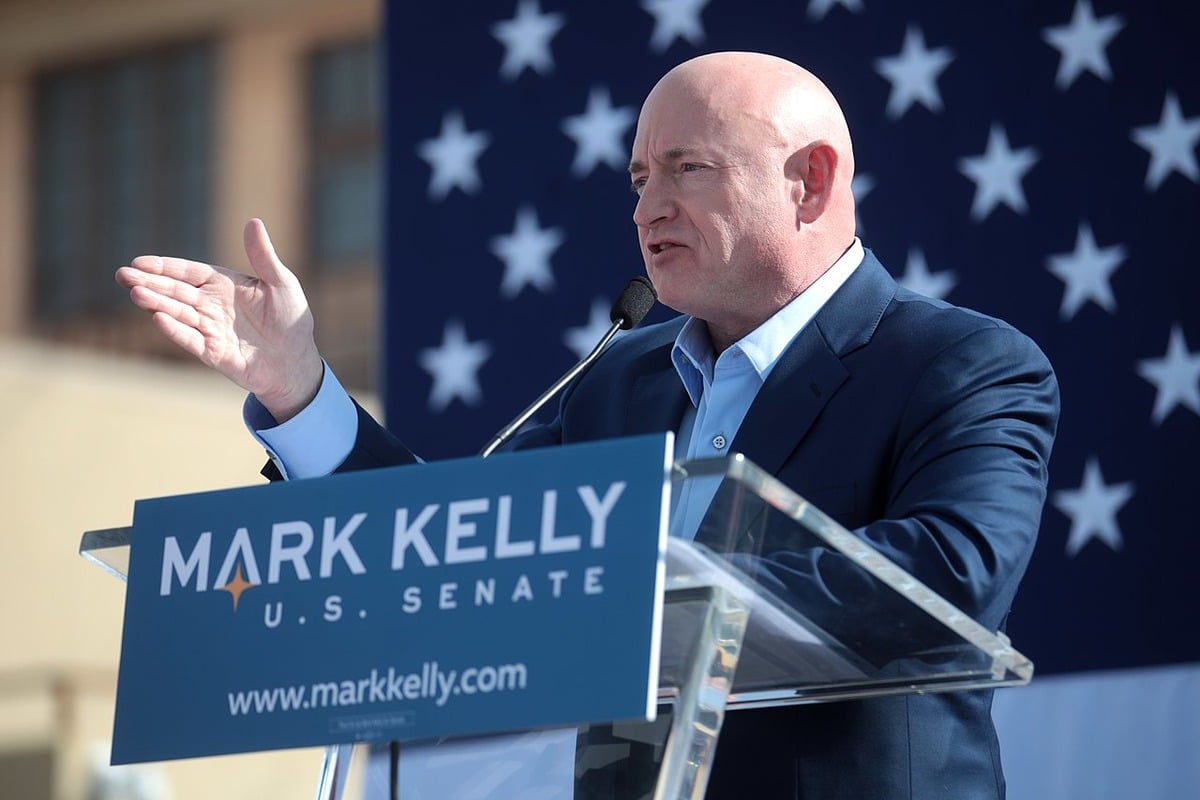UPDATE: Central banks are rapidly turning to gold as a reserve asset, signaling a dramatic shift in global monetary policy. This movement comes as fiat currencies face increasing scrutiny and depreciation, raising urgent questions about the future of traditional currencies.
New reports confirm that many nations are boosting their gold reserves, reflecting a growing confidence in the precious metal amid fears of currency instability. The U.S. Treasury’s unrealized profit from gold has soared to approximately $1 trillion, while the Federal Reserve is grappling with $1 trillion in combined losses. This stark contrast highlights the potential for gold to reclaim its status as a preferred store of value.
Why This Matters NOW: The recent developments echo the warnings of economist Friedrich Hayek, who argued against government monopoly over currency in his essay “Choice in Currency.” Hayek suggested that allowing competition among currencies could stabilize governments’ monetary practices. In light of this, the current trend of central banks accumulating gold could be seen as a response to Hayek’s call for monetary reform.
Historically, the U.S. government maintained strict controls over gold ownership, criminalizing it until 1933. As the dollar’s value has plummeted by 99 percent against gold since the Bretton Woods era, many are reevaluating the efficacy of fiat currencies. With the dollar’s current valuation at merely a fraction of an ounce of gold, the implications for everyday consumers and investors are profound.
Developments to Watch: As central banks worldwide increasingly diversify their reserves with gold, the dynamics of international finance are shifting. Observers will be closely monitoring how this trend influences currency values and inflation rates, particularly as geopolitical tensions mount. The implications for individual savings and purchasing power could be significant, impacting millions globally.
Experts emphasize that this trend marks a pivotal moment in monetary policy. The once-dismissed notion that gold could regain its status as a vital financial asset is now gaining traction. As central banks pivot towards gold, it suggests a growing distrust of fiat currencies and a desire for stability in an increasingly volatile economic landscape.
As this story develops, the financial community will be eager to see how central banks balance their portfolios and whether gold’s resurgence can withstand the pressures of modern economic challenges.
Stay tuned for more updates on this evolving story that could reshape the financial future.






